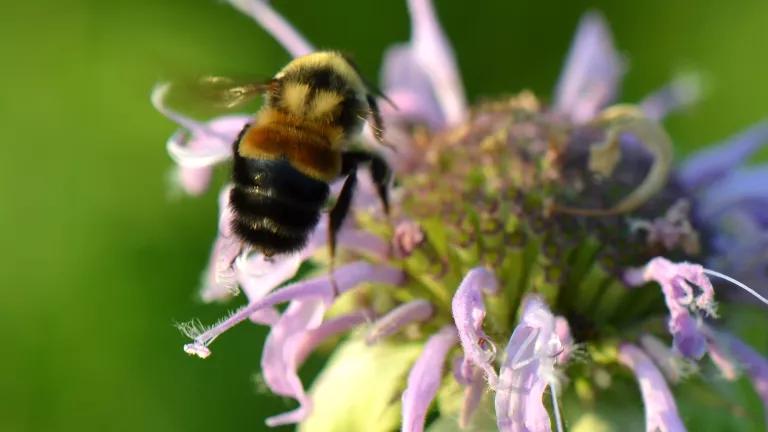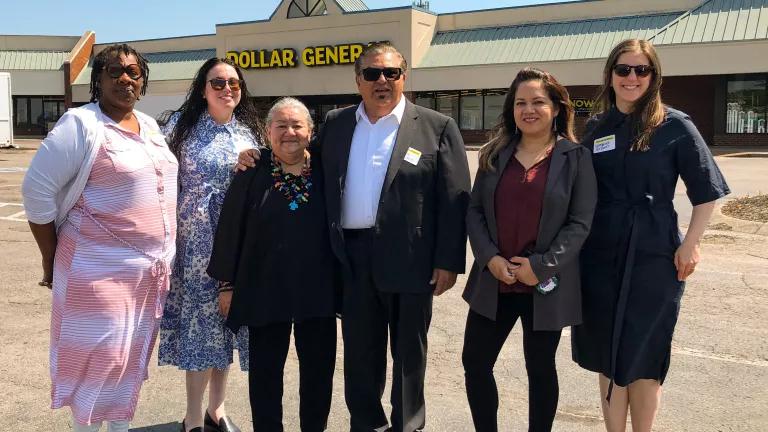For me, choosing organic is a no-brainer. Before joining NRDC, I was an organic certifier—I spent every day making sure foods labeled organic met strict federal rules. So I know firsthand that organic farming keeps toxic pesticides out of our bodies and our communities, even when the Trump Administration won’t. It helps our ecosystems recover from decades of harmful pollution and soil erosion. And it protects the birds and the bees (literally and metaphorically)!
But for farmers, choosing organic may not be so simple. While transitioning farm acres to organic helps the environment and our health from the first canceled pesticide order, the business benefits may materialize more slowly. To achieve organic certification and use the coveted “Organic” label on their products, farms have to complete three uninterrupted years under organic management. Those first years can be some of the toughest for new organic farmers—both financially and on the learning curve.
Fortunately, there’s a growing food industry movement to support farmers through this critical organic transition period. General Mills recently announced a plan to transition 34,000 acres—more than 53 square miles—to organic wheat, which will increase total organic acreage in South Dakota by nearly 30 percent! Kashi has committed to paying more for certified transitional ingredients, and Costco has explored loaning money for organic land and equipment purchases.
The key element of these plans to increase organic purchasing? Shared risk.
Rather than gambling that they’ll find a buyer in three years, farmers seeking to transition to organic growing practices can partner with buyers to grow organic supply and markets at the same time. The power of these buyer investments to steer more acreage into organic management (and increase mainstream access to organic foods) cannot be overstated.
There’s obviously a lot more to this story (for more detail, check out Mark Lipson’s transitions piece on page 22), but at the end of the day each organic transition means:
- Fewer people exposed to toxic chemicals,
- Less pollution in our soil, air, and water, and
- More healthful food on menus.
We shouldn’t have to go out of our way to avoid dangerous chemicals in our food supply (and our booze!). That’s why NRDC is fighting hard to get toxic pesticides like chlorpyrifos off the market so all food is safe to eat. But in the meantime, buying organic is the best way to be sure your food is chemical-free.
Consumers clearly get it—demand for organic foods has outpaced the U.S. supply for years. So the message to the food industry is simple: we want organic, and farmers can’t do it alone. The visionary food businesses that pitch in with funds to support organic transition will be rewarded with reliable organic sources and more loyal, happy, healthy customers.




